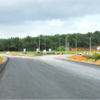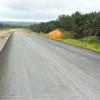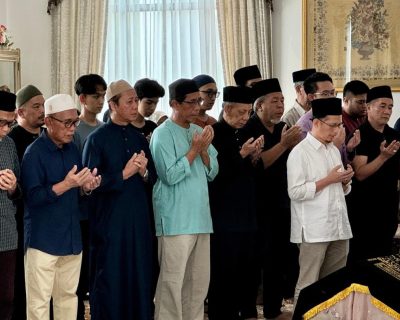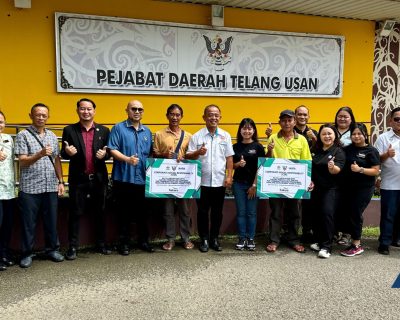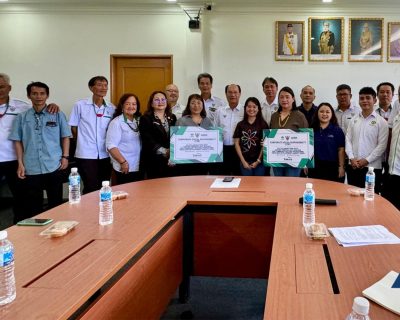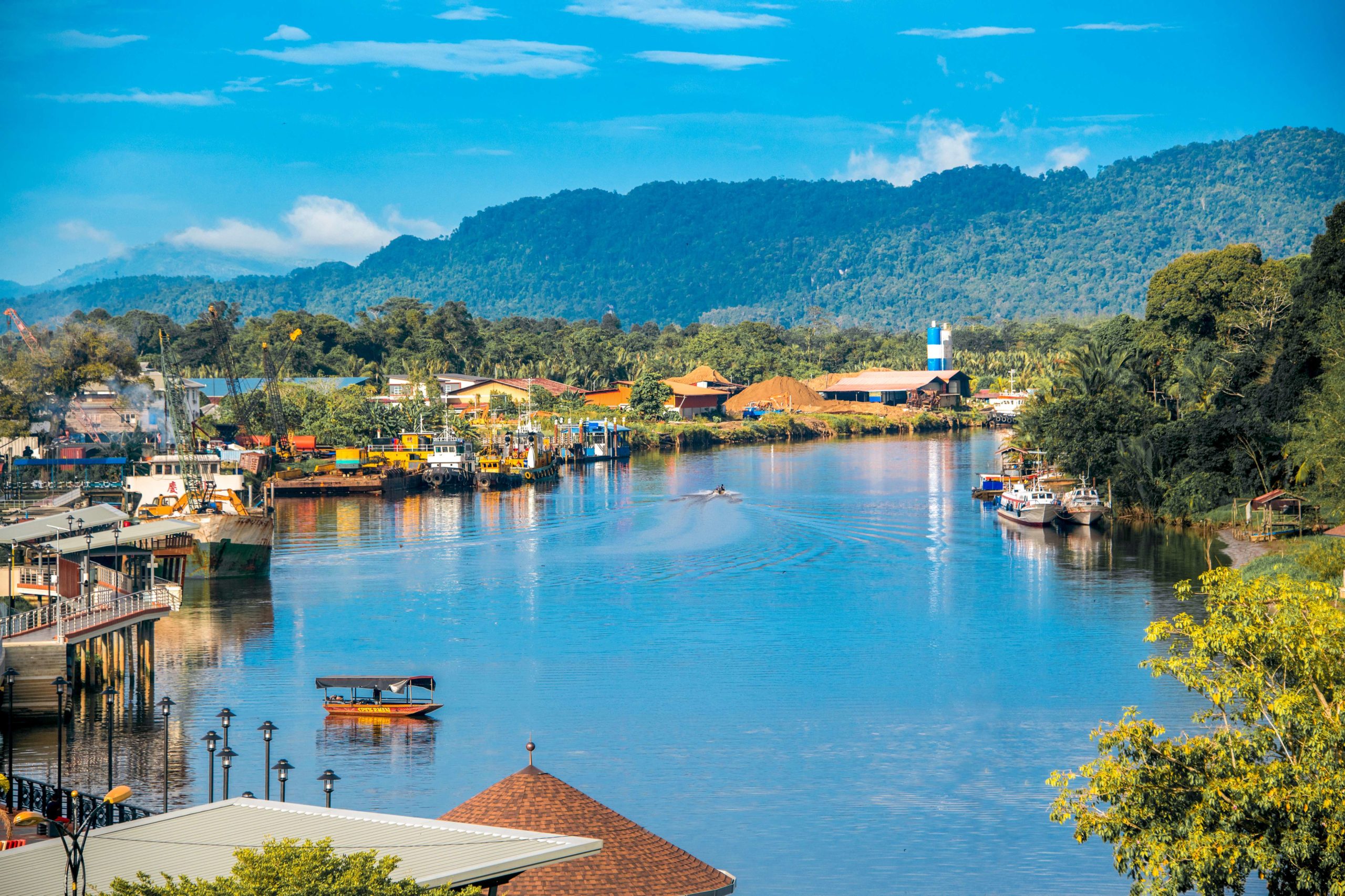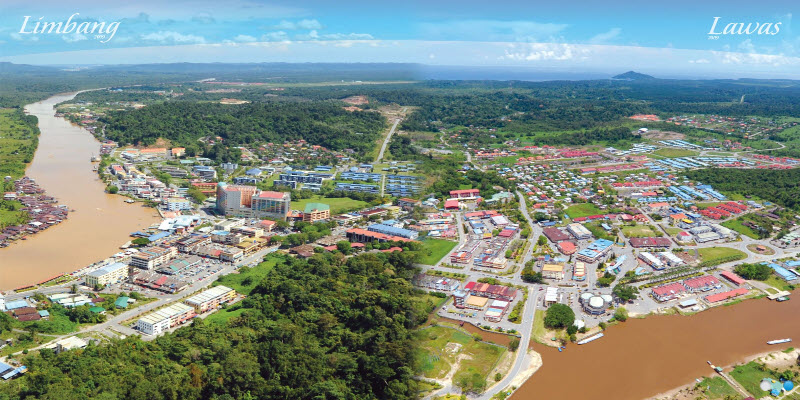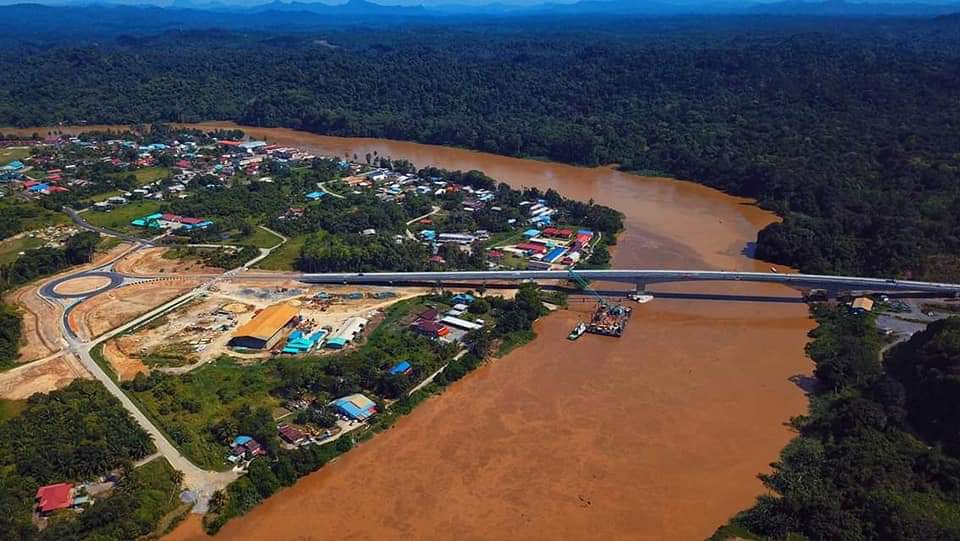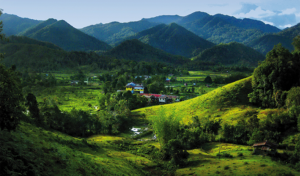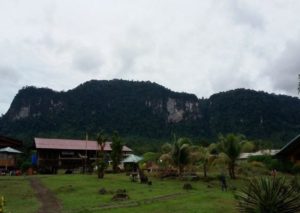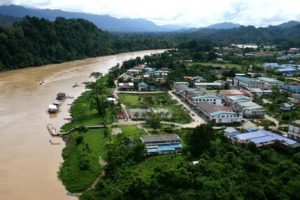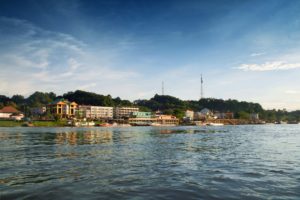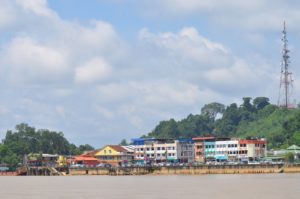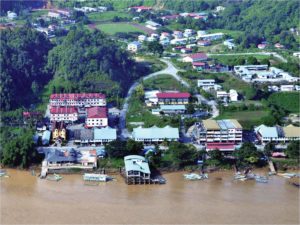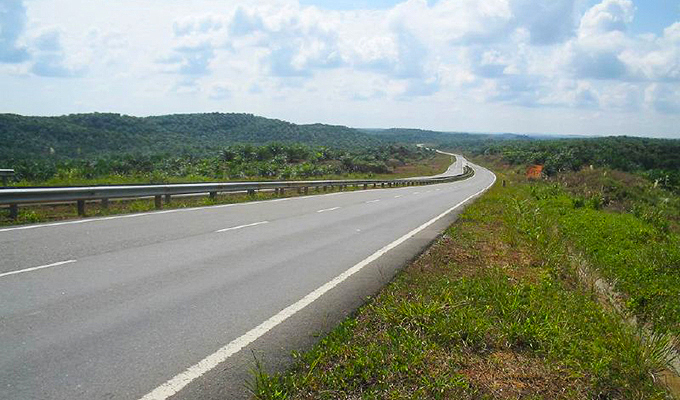
Work starts on the Pan Borneo Highway (PBH)
Earlier this year, Chief Minister Datuk Patinggi Tan Sri Adenan Satem said of the north – south highway in Peninsular Malaysia, “Sarawakians who visit the peninsula feel jealous of all the nice roads and bridges. You can drive from the north to the south of the Peninsular in 10 hours and not get your feet dirty. But if you try to drive across Sarawak on the existing trunk road, you will not only get your feet dirty, it will break your back.”
Such frustrations and discomfort will soon be a distant memory because finally, the Pan Borneo Highway is a reality. “I intend to fulfil my promise (Pan-Borneo highway project) and tomorrow it will be fulfilled,” said Prime Minister Najib Abdul Razak at a dinner hosted in conjunction with his two-day visit to the state in March 2015 when he launched the first phase of the highway. This visit was followed by the signing on 30th June 2015 of the memorandum of understanding between the Sarawak state government and Lebuhraya Borneo Utara Sdn Bhd, the main contractor for the project.
At the signing, Sarawak Chief Minister Tan Sri Seri Adenan Satem said, “The highway will not only help communication but also open up economic opportunities and activities and the Pan Borneo will benefit Sarawak and Sabah in the same way as the North South Highway benefited peninsula Malaysia.
Construction of the Pan Borneo Highway was first mooted around the time of Malaysia’s inception in 1963. More than 50 years later and following the announcement by the PM in the Barisan Nasional general election manifesto, the project is now a reality. Once completed at a total cost of RM27 billion, the 2,239 km of road will stretch from Sarawak to Sabah and reduce the journey time from 19 hours to 12 hours. The cost of the Sarawak section of the Pan Borneo Highway that runs through SCORE will be finalised once the final survey is completed but is expected to be in the region of RM15 billion and will be the biggest ever engineering project undertaken in Sarawak.
The road will become the main artery of Sarawak, widening and doubling the existing single lane carriageway to a toll-free dual-carriageway. The Pan Borneo Highway is predicted to have a multiplier effect of four times to the economy. Even though the MOU was only signed at the end of June 2015, construction of the Pan Borneo Highway began in March this year with a 43km stretch from Jalan Nyabau to Simpang Jalan Bakun. This section is expected to be completed by the end of 2017. Another section, the 33km section from Telok Melano to Sematan will start immediately to connect a number of small towns and communities in the Telok Melano district who currently use a sea route for this journey. Work on a much longer 773km section will start in September 2015.
The project is designed to directly boost the local economy with Prime Minister Datuk Seri Najib Tun Razak suggesting that where possible, job opportunities and contracts would be offered to local communities, which is good news for local Sarawakian firms and SMEs in SCORE. In addition to contractors and other sectors benefitting from the highway development, the spillover effect is substantial impacting labour, hospitality, logistics and other sectors.
These improvements to the transport infrastructure will increase the general development of the region and encourage wider foreign investment. Samalajau Industrial Park for instance is located 62 km away and journey times to Bintulu will not only be reduced but will also be less arduous. This is likely to see more investment flowing into Samalaju and continuing to have a positive impact on communities there. “We expect Sarawak to be the same in terms of development with Peninsula Malaysia in years to come,” said the PM, adding that Sarawak now was on track to becoming an industrialised state.
An executive committee chaired by the State Secretary will be responsible for monitoring and managing the project and for resolving any issues that may crop up during the implementation of the project.


